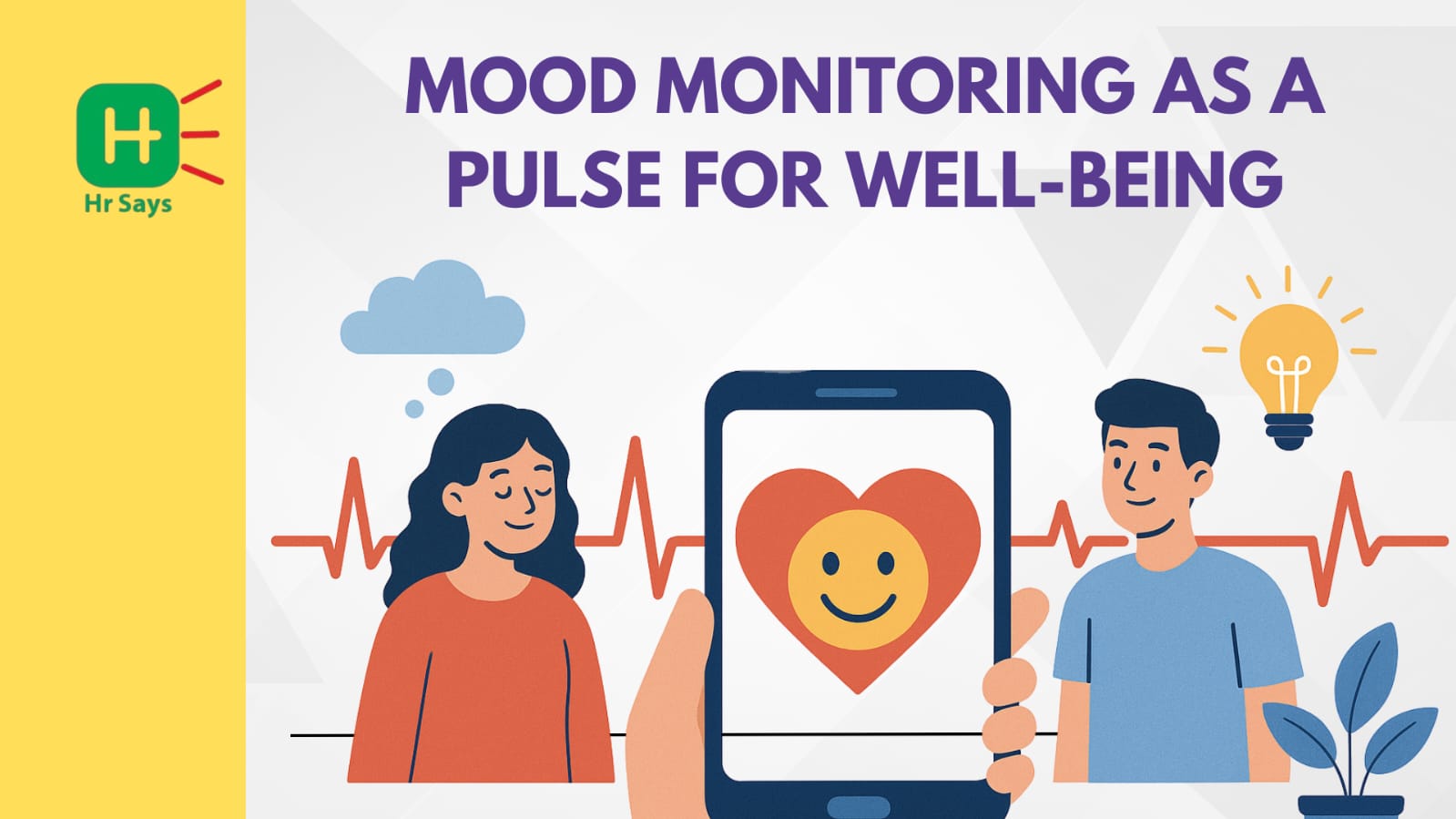What does a workplace feel like on a Monday morning? Not what it looks like. Not what the numbers say. But what it truly feels like—for those who show up, log in, and give their time. That feeling is culture. And culture has a rhythm. A pulse. Mood is its beat.
The Unseen Metrics
Surveys come and go. So do workshops. But moods? They linger. And they don’t lie.
In many companies, culture is monitored through employee mood checks—quick, daily or weekly taps into how people feel. No pressure. No long forms. Just a one-word check-in.
It’s not about diagnosing people. It’s about reading the room—digitally.
● Is the team calm or restless?
● Is energy rising or fading?
● Are people speaking less, replying slower, smiling less in meetings?
Mood tools need not be sparky. There is more to more than a paragraph being conveyed by an emoji.
Why Does It Matter?
Productivity is often measured. Mood is rarely noticed—until it’s too late.
Unchecked moods can turn into stress. Stress, if ignored, becomes burnout. Burnout leads to exits—quiet or loud.
But when mood is monitored:
● Emotional patterns can be spotted early
● Small fixes can be made before big problems start
● Leaders can respond with empathy, not guesswork
No dashboard needed. Just insight at the right moment.
The Balance to Keep
But mood monitoring isn’t magic. It doesn’t fix bad culture. It only reflects it.
Employees must feel safe when they share. If feedback is used to judge or silence, trust breaks. And once lost, trust doesn’t return easily.
Some worry it’s surveillance. Others find it freeing—finally, a way to express what words can’t say.
The key is voluntary use, privacy, and honest intent.
Mood tracking should guide—not control.
Signs It’s Working
You’ll know when:
● Conversations become more real
● Managers pause before pushing
● Teams adjust meetings when energy is low
● HR doesn’t need to wait for exit interviews to hear the truth
When mood becomes part of the daily flow, well-being is no longer a workshop. It’s part of work.
Conclusion
Culture doesn’t always shout. Sometimes, it whispers. Mood is that whisper.
To listen, tools are helpful—but not enough. Awareness is needed. So is action.
In the end, the best workplaces aren’t the loudest. They’re the ones that feel just right. Because someone cared enough to check the mood—before the moment passed.

 Mood tracking in the workplace is no longer a trend. It’s becoming a quiet check-in on employee well-being. Not intrusive. Not exaggerated. Just subtle signals that tell leaders how people are really feeling—without always saying it aloud.
Mood tracking in the workplace is no longer a trend. It’s becoming a quiet check-in on employee well-being. Not intrusive. Not exaggerated. Just subtle signals that tell leaders how people are really feeling—without always saying it aloud.












.jpeg)
.jpeg)

.jpeg)

.jpeg)


.jpeg)

.jpeg)

.jpeg)


